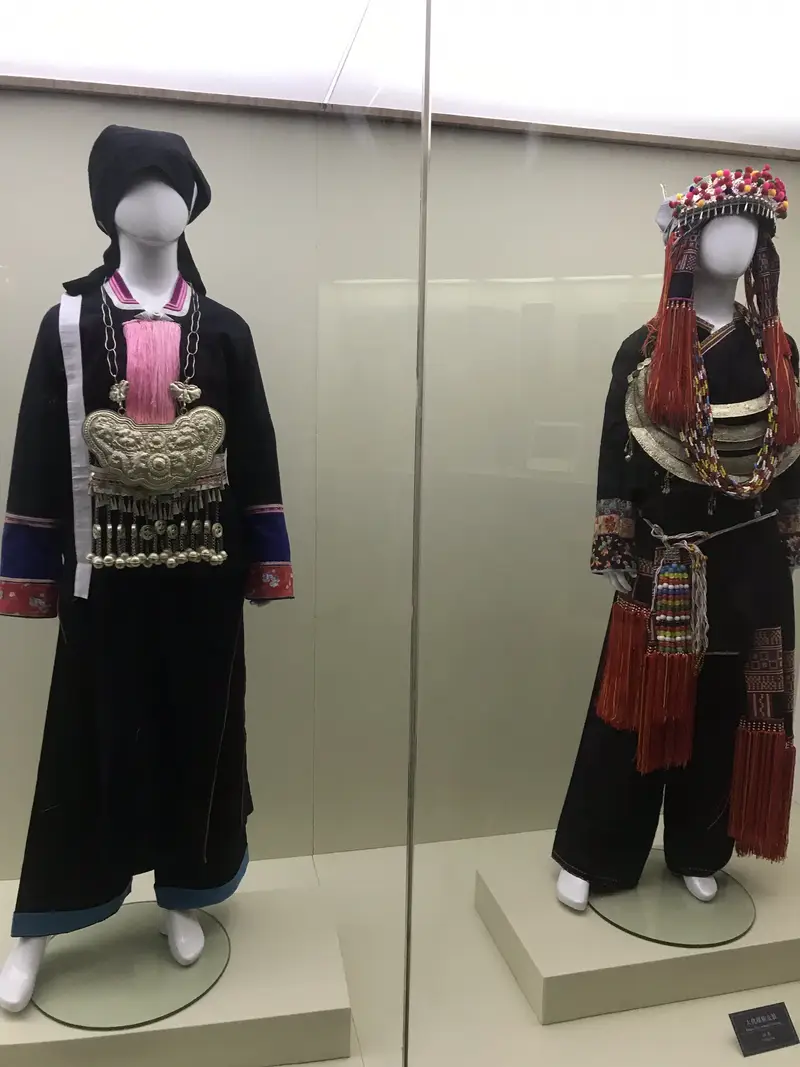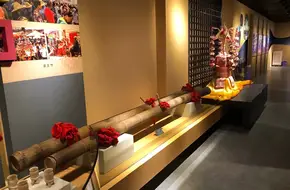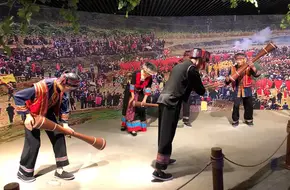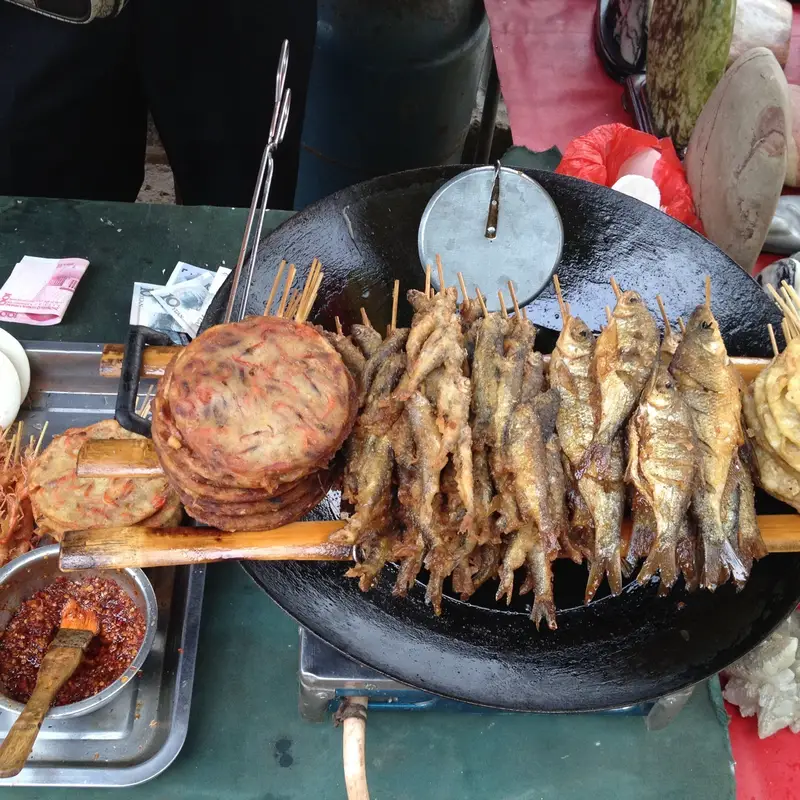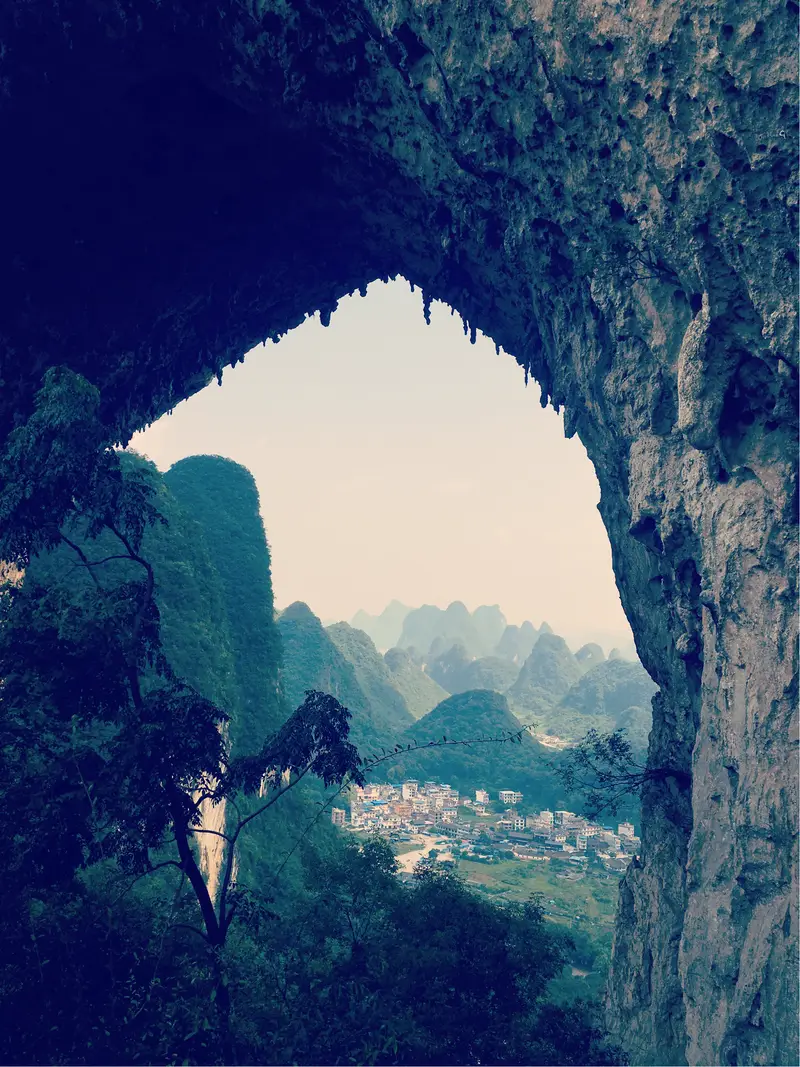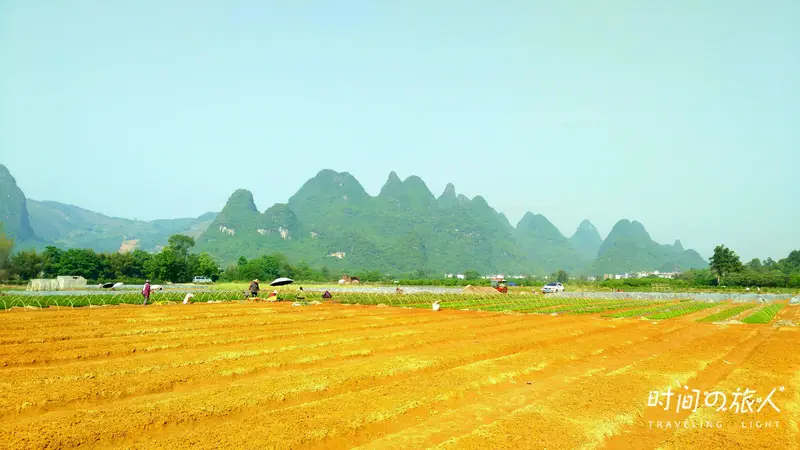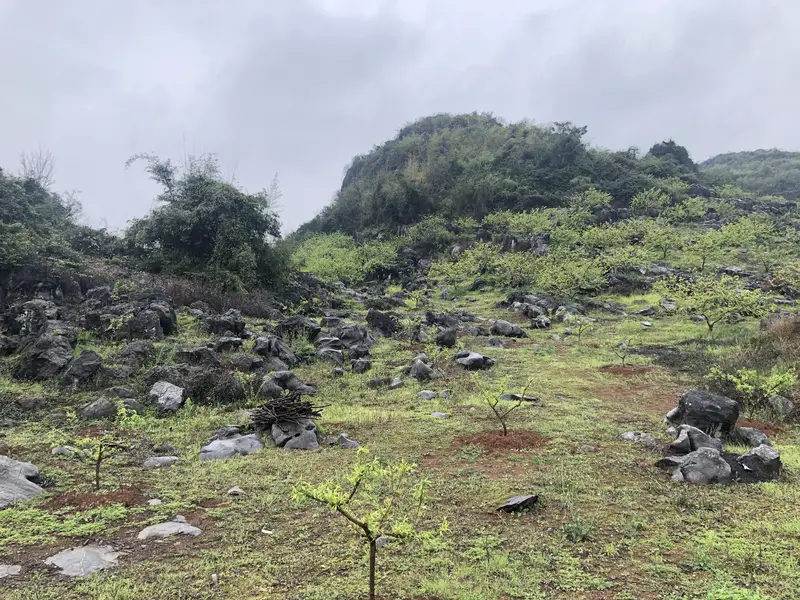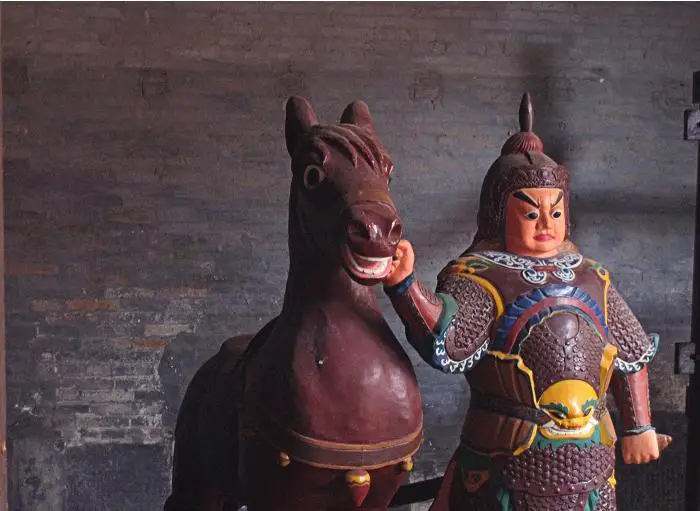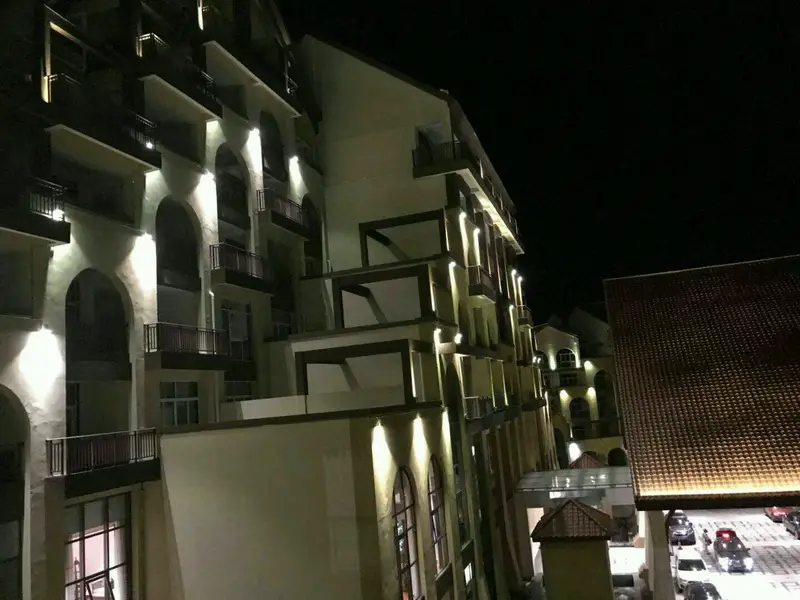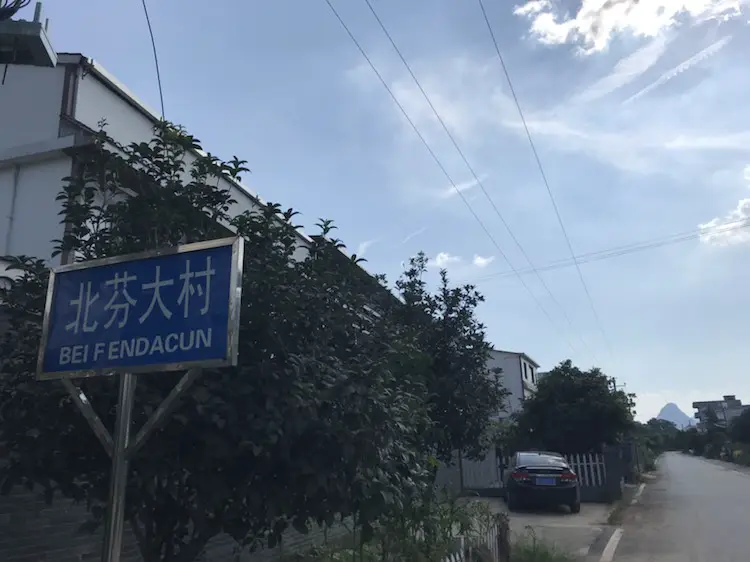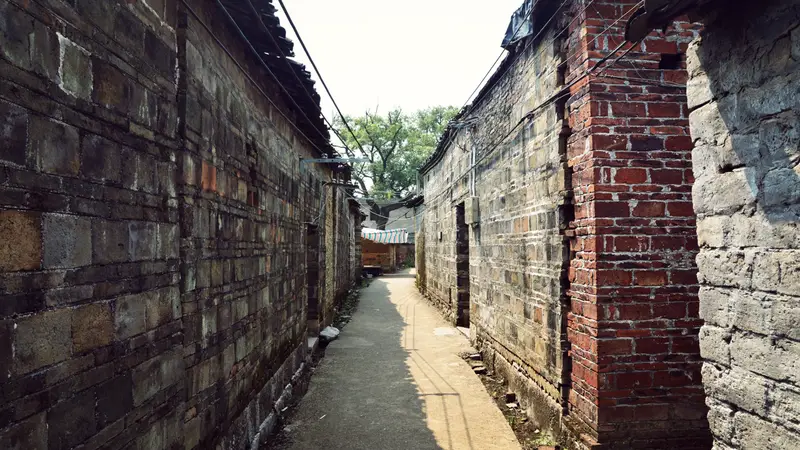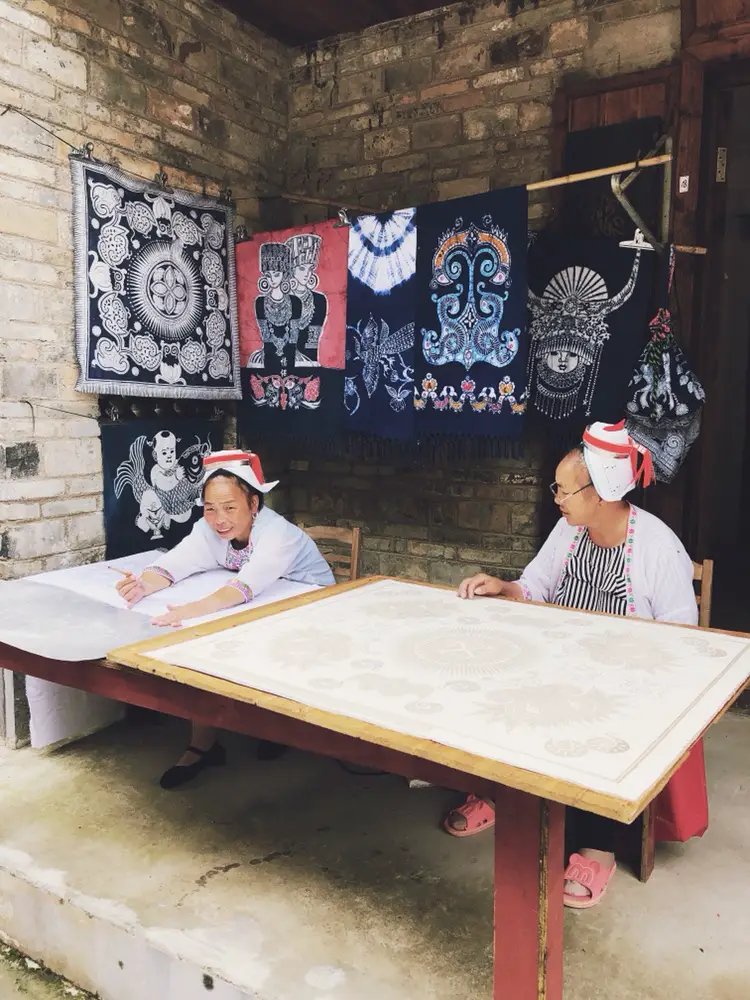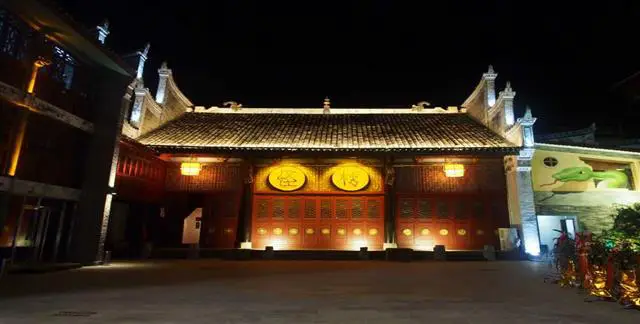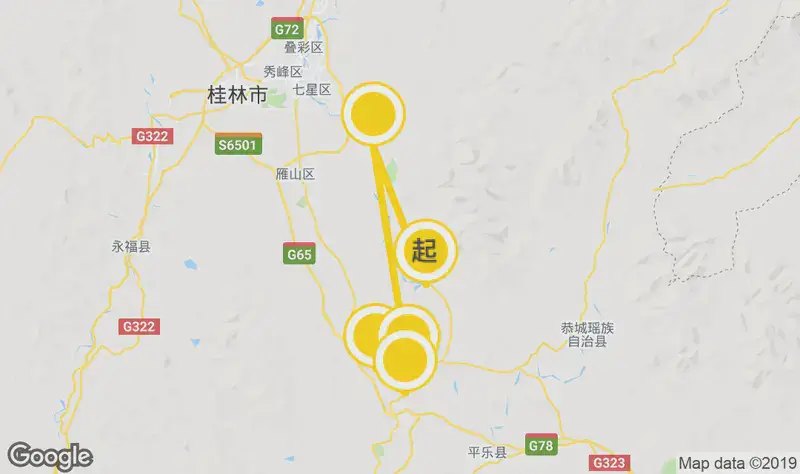Location & Accessibility
Gongcheng Yao Ethnic Museum sits in the heart of Gongcheng County, a hidden gem in Guilin’s sprawling landscape. Nestled near Gongchen East Road (just search “1号附近” on maps!), it’s a breeze to reach from Guilin city. Hop on a local bus from Guilin’s Qipu Bus Station—it’s about a 2-hour ride, and you’ll pass rolling hills that’ll make you want to snap photos even before arriving. If you’re driving, punch in “Gongcheng Yao Autonomous County” into your GPS; the museum is right by the county center, with free parking nearby. Pro tip: Visit on a weekday to avoid crowds!
Natural Charms Around the Museum
While the museum itself is the star, its surroundings steal the show too. Gongcheng counts as one of Guilin’s rural wonders, with rice paddies stretching like green quilts and karst peaks rising suddenly beside them. Walk 10 minutes from the museum, and you’ll hit Xiaoping River, where water buffalo graze and fishermen cast nets. Early mornings here feel like stepping into a painting—misty mountains, reflections on the water, and zero tourist buses (yet!). For a quick hike, head to Wuyi Ling Mountain, a 30-minute drive away. The views? Worth every sweaty step.
Cultural Treasures Inside the Museum
This isn’t just a museum—it’s a love letter to the Yao ethnic group, one of China’s oldest indigenous communities. Inside Gongcheng Yao Ethnic Museum, you’ll find vibrant traditional costumes (those embroidered jackets take months to make!), ancient farming tools, and ritual objects. The best part? Interactive displays! Try your hand at Yao embroidery (trust me, it’s harder than it looks) or watch a demo of long drum dances, which they perform for guests. Even if you don’t speak Chinese, the staff’s enthusiasm translates loud and clear. Fun fact: The Yao people here still celebrate Panwang Festival, a harvest party with singing, dancing, and rice wine that’ll leave you grinning.
Practical Perks for Visitors
Don’t expect 5G wifi here, but the museum nails low-tech charm. English-friendly signs explain exhibits, and guides (if you ask nicely) might give a mini-tour. There’s a tiny gift shop selling handmade Yao textiles and bamboo crafts—perfect for souvenirs. When hunger strikes, head to the street food stalls outside. Try youngzi rice cakes (chewy glutinous rice wrapped in leaves) or oil tea, a local drink made with fried dough and herbs. Just be warned: The spicy stuff packs heat!
Why It Beats Busy Tourist Traps
Let’s face it: Guilin’s famous for its crowds. But Gongcheng Yao Ethnic Museum feels like a secret. You’ll see fewer selfie sticks and more genuine smiles. Spend an hour here, and you’ll walk away knowing more about Yao culture than most locals in bigger cities. Plus, it’s a great base for day trips. After exploring the museum, rent a bike to pedal through Dujiang Village (15 km away), a Yao village where time seems paused. Or take a day trip to Longji Rice Terraces—yes, those ones you’ve seen in photos.
Final Tips for a Memorable Visit
- Go early: Morning light makes the museum’s courtyard (with traditional Yao architecture) Instagram-worthy.
- Dress playfully: They let visitors try on Yao costumes—pair that with the museum’s wooden doors and stone walls for epic photo combos.
- Bring cash: Some stalls outside don’t take cards, but the food’s cheap enough.
- Learn a phrase: Saying “Mǐn guò de hǎo!” (“You’re welcome!”) in Yao will win you extra smiles.
In short? Gongcheng Yao Ethnic Museum is the real deal. No velvet ropes, no entrance fees (as of now!), just raw culture and kind people. It’s why I’d skip Elephant Trunk Hill next time and head here instead. Trust me—your feed (and soul) will thank you.


